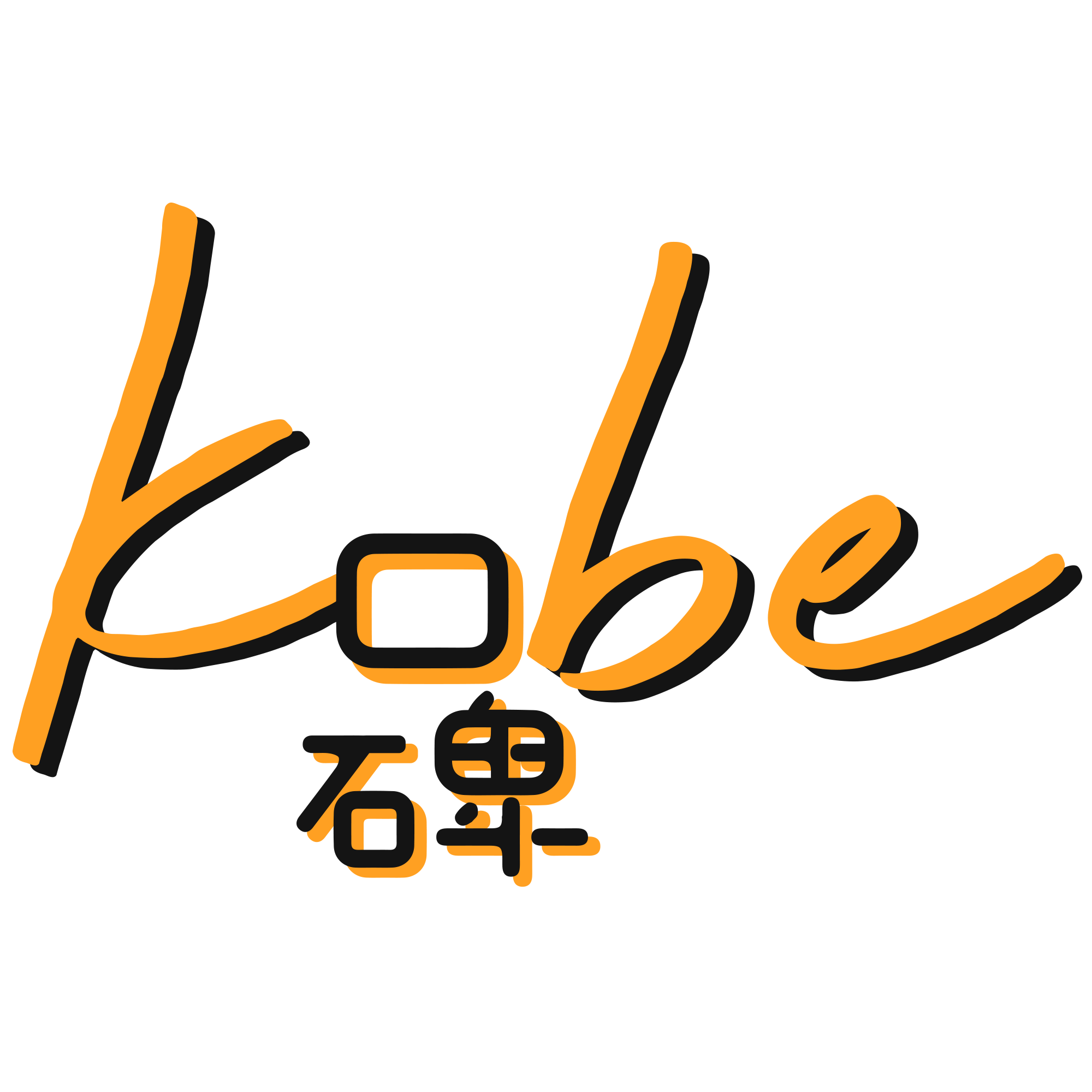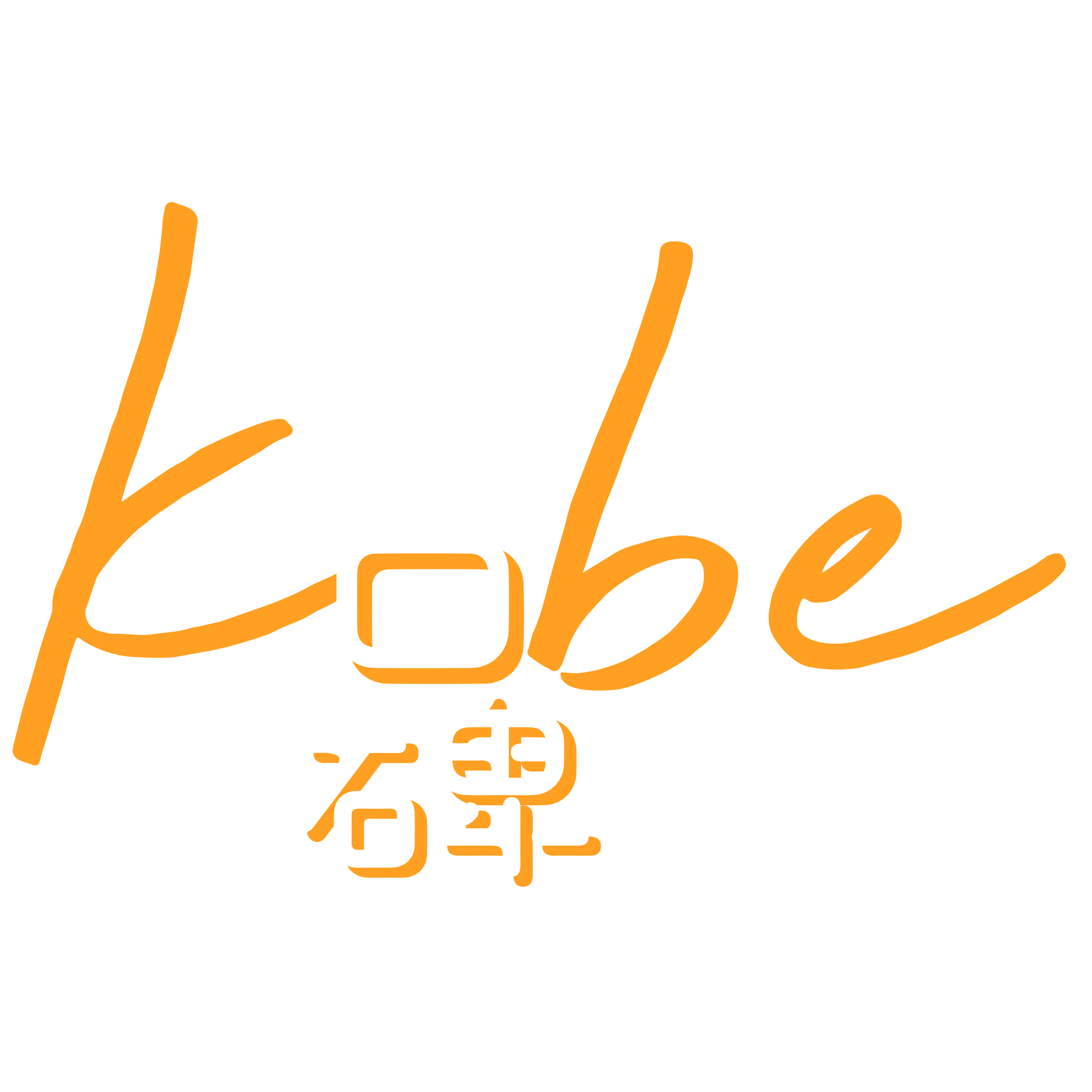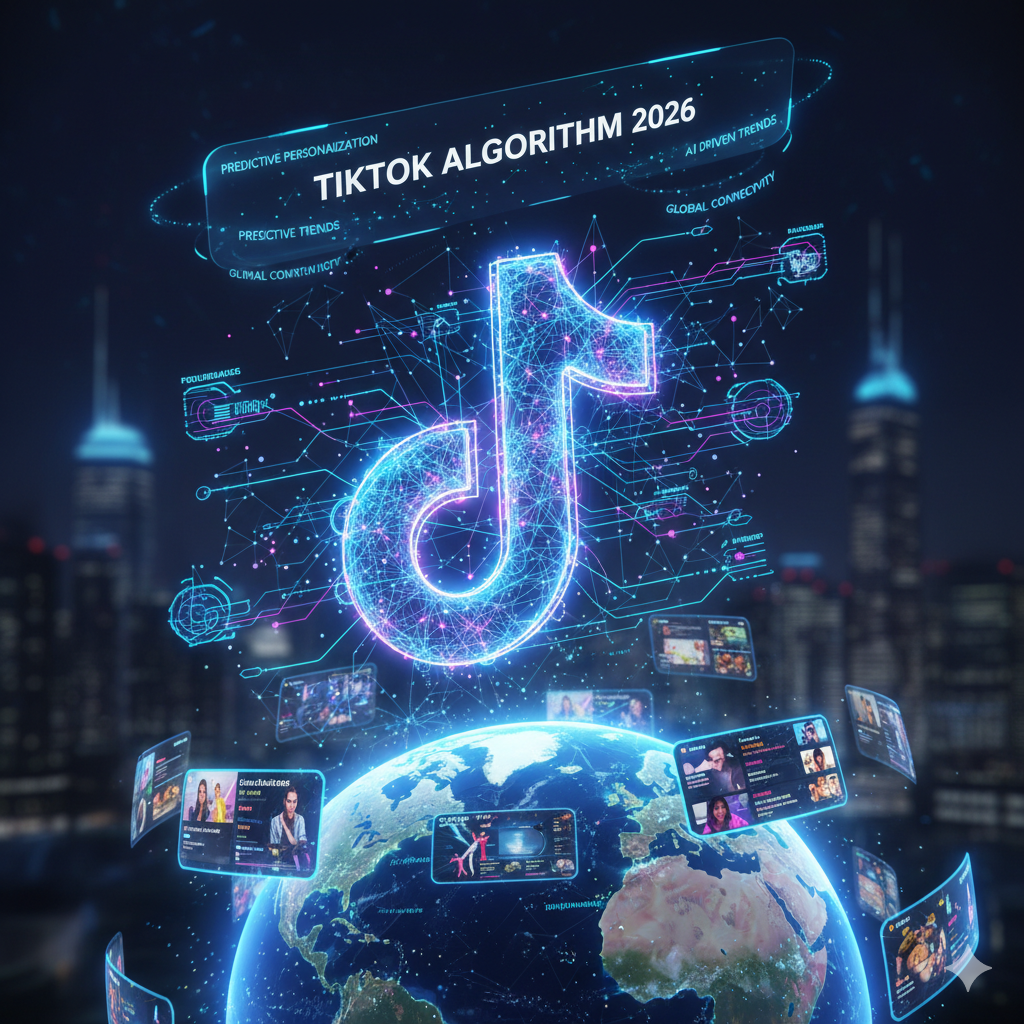Social media feeds are no longer built around who you follow. Platforms are pivoting to an interest graph, serving content based on what you like, watch and share. Gary Vaynerchuk (Gary Vee) has been talking about this shift for years, calling it “interest media.” TikTok is the best example of this movement. Its For You Page (FYP) is personalised for each user, ranking videos according to interactions, content signals and basic device data rather than follower counts.
This article explores how TikTok’s interest‑based algorithm works, why follower counts are losing relevance and how Gary Vee’s insights can help brands and creators adapt. It also offers practical tips for creating content that resonates with the algorithm and drives results.
From social media to interest media
Gary Vee has long argued that numbers are over‑valued. In his article “Numbers Don’t Matter, Influence Does”, he explains that large impression counts and follower numbers often mask shallow engagement. A brand might boast 500,000 video views, but if viewers skipped the video or were annoyed by the ad, those impressions hold little value. He stresses that follower counts only matter if the audience cares about your content. Ten thousand passionate followers can convert better than two hundred thousand indifferent ones.
This message aligns with TikTok’s design. The platform’s algorithm doesn’t prioritise accounts with big audiences. Instead, it uses user interactions, content information and user information to predict which videos each person is likely to enjoy. TikTok’s support page explains that user interactions such as likes, shares, comments, and watch time carry the most weight. Content information, such as sounds, hashtags and video descriptions, provides context, while user information like device settings and language preferences has less impact.
Gary Vee summarises this shift as the move from social media to interest media. This trend means that content must appeal to specific interests and micro‑communities rather than a broad follower base.
How the TikTok algorithm works in 2025
TikTok’s algorithm aims to keep each user entertained for as long as possible. According to Hootsuite’s 2025 algorithm guide, the platform rewards content that aligns with specific communities like #BookTok or #SportsOnTikTok. Watch time, especially in the first few seconds, is a critical signal. A strong hook such as asking a question, teasing a payoff or showing striking visuals, encourages viewers to watch longer. TikTok also uses captions, hashtags and sounds to categorise videos and recommend them to interested users.
The platform’s own documentation echoes these points. The FYP displays a unique stream of content for each person. It relies on user interactions (likes, shares, comments, watch time) and content information (sounds, hashtags, number of views) to decide which videos to show. Device settings, language and location play a minor role. These personalised recommendations mean that even creators with small followings can reach millions if their content engages viewers quickly.
Key signals to optimise for
To succeed on TikTok, focus on the signals the algorithm cares about:
-
Engagement: Encourage likes, comments, shares and replays. Ask questions or invite viewers to duet or stitch your video. The more people interact with your content, the more the algorithm will recommend it.
-
Watch time: Keep viewers watching past the first few seconds. Start with a strong hook and maintain a steady pace. Hootsuite notes that watch time is heavily weighted.
-
Niche relevance: Use hashtags and sounds that align with specific communities. Content that fits into a niche (like #SingaporeFood) is more likely to reach the right audience.
-
High quality: Hootsuite reports that high‑quality, TikTok‑first videos get up to forty times more follower growth than low‑quality uploads. Film in good lighting and use native editing tools.
Why follower counts are less important
Follower counts can create a false sense of success. Gary Vee warns that some brands buy followers or chase vanity metrics without cultivating real engagement. Such accounts may have millions of followers but little influence. TikTok’s algorithm emphasises quality interactions; if a video sparks conversation or is watched to completion, it can go viral even from an account with few followers.
TikTok’s personalisation means that no two users see the same feed. A creator’s follower count doesn’t guarantee distribution; instead, videos must capture the attention of viewers who may not follow them. This levels the playing field for small or new accounts.
Gary Vee’s philosophy underlines this point: one share from a single engaged follower can trigger a ripple effect. He writes that one retweet or repost can start a chain reaction, regardless of your follower number. Influencers should focus on depth, not width.
Lessons for creators and brands
Create interest‑centric content
Brands should understand what their audience cares about and create content that fits those interests. Real estate agents, for example, should produce hyper‑local content rather than only listing videos. People are more likely to engage with news about new restaurants, neighbourhood events or personal stories. Once they’re invested, they become more open to business‑oriented posts.
For brands in Singapore, this means tapping into local culture. A food delivery service might create short videos featuring hawker favourites or hidden cafe gems. A fashion retailer could join #SGFashion or #ThriftSingapore communities, offering styling tips for the local weather. Local context makes content more relevant, increasing the likelihood of engagement and watch time.
Prioritise engagement and value
When planning content, think about how viewers will interact. Ask viewers to share their opinions or tell their own stories. Host live sessions to answer questions. The TikTok algorithm weighs engagement heavily, so these interactions signal that your content is valuable.
Creators should provide value without expecting immediate returns. Providing useful knowledge or entertainment builds goodwill and trust. Over time, this depth of engagement converts followers into customers or advocates.
Embrace micro and nano creators
Marketers often chase macro‑influencers, but smaller creators can deliver more engaged audiences. Because the interest graph surfaces content based on interests, micro creators who deeply understand a niche can outperform big names. Brands should collaborate with creators whose values align with their own and whose followers trust their recommendations.
Iterate and experiment
TikTok trends change quickly. Kobe encourages creators to post often and test different formats. Shorter or experimental videos can reveal what resonates with your audience. Use analytics to see which videos have higher watch time and engagement. Adjust your strategy accordingly.
Conclusion: The era of interest media
The shift from follower‑driven feeds to interest‑based feeds marks a turning point in social media. TikTok’s algorithm exemplifies this change by focusing on user interactions, content signals and personalisation. Gary Vee’s “interest media” philosophy captures why follower counts are losing significance: what matters is attention, relevance and value.
Creators and brands must adapt by producing engaging, niche‑focused content that speaks to specific communities. They should measure success by watch time, interactions and conversions rather than vanity metrics. By embracing these principles, marketers can thrive in a world where the algorithms reward depth over breadth and where even a small voice can make a big impact.




